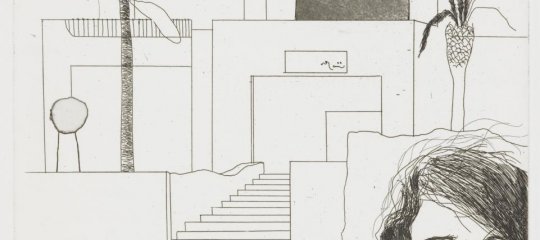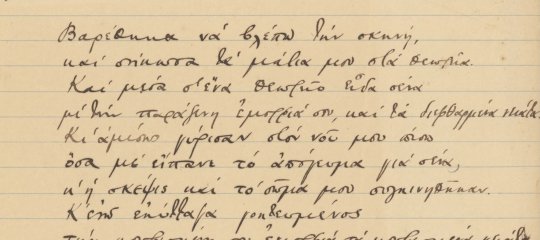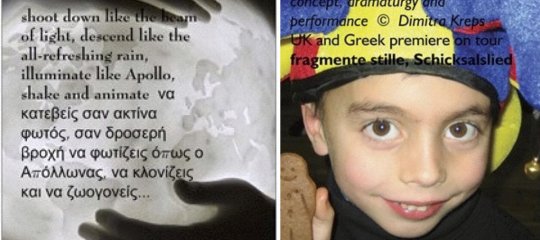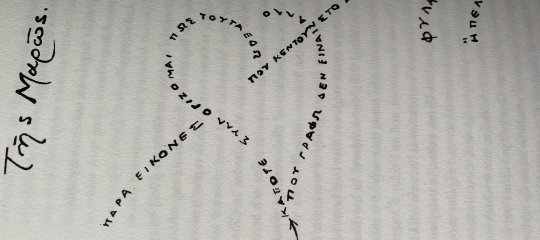"Πολύγλωσσο Εικονογραφημένο Λεξικό των όρων της Ελληνικής και Ρωμαϊκής Τέχνης"
Εύη Παπαγιαννοπούλου
Αγαπητοί αναγνώστες,
Σας ενημερώνω ότι εκδόθηκε από τις εκδόσεις CIPA που τελούν υπό την αιγίδα του Πανεπιστημίου της Μονς, ο πρώτος τόμος του έργου μου με τίτλο "Πολύγλωσσο Εικονογραφημένο Λεξικό των όρων της Ελληνικής και Ρωμαϊκής Τέχνης" στα Ελληνικά, Γαλλικά, Αγγγλικά, Ιταλικά και Ισπανικά.
Διατίθεται από τον εκδοτικό οίκο του οποίου θα βρείτε τη διεύθυνση παρακάτω, άνευ χρέωσης ταχυδρομικών τελών για την αποστολή του.
Με εκτίμηση
Εύη Παπαγιαννοπούλου
Διδάκτωρ Ιστορίας και Πολιτισμού
Πανεπιστήμιο της Μονς
Βέλγιο
Madame, Monsieur,
Un ouvrage Terminologique multilingue (français, grec, anglais, italien, espagnol) et illustré, sur l’Art grec et romain, dont je suis l’auteur, vient de paraître aux éditions du CIPA associées à l’Université de Mons, Belgique.
Vous pouvez l’obtenir en passant vos commandes directement à l’éditeur dont les coordonnées électroniques figurent ci-après et dans le texte en pièce jointe sans frais de port.
Veuillez recevoir, Madame, Monsieur, l’expression de mes salutations les meilleures
Evi Papayannopoulou
Dr Histoire et Civilisations
Université de Mons
Belgique
PAPAYANNOPOULOU, E., Dictionnaire Multilingue Illustré des Termes de l’Art Grec et Romain, 2010, 292p., 22€.
Outil de travail pour ceux qui œuvrent dans le domaine de l'Archéologie, de l'Architecture, des Beaux-Arts, de l'Histoire de l'Art, et de la Traduction. Le dictionnaire traite du vocabulaire spécifique à l'art grec et romain. La démarche poursuivie se veut terminologique et non pas lexicographique ou traductive. L'extraction des termes est opérée à partir de sources spécialisées systématiquement référencées après chaque concept.
Pour commander ces ouvrages :
- Par courrier (Editions du CIPA, place du Parc, 22, B-7000 Mons)
- Par courriel (CIPA@umons.ac.be)
- Par télécopie (0032/65.37.30.54)
Versement au compte Postchèque n° 000-0194962-89 du CIPA [IBAN 45 0000 1949 6289 – BIC BPOTBEB1]. Envoi franco de port dans les huit jours de la réception.
CENTRE INTERNATIONAL DE PHONÉTIQUE APPLIQUÉE
Place du Parc, 22, B-7000 MONS
Tél. : 32.65.37.31.36
Télécopie : 32.65.37.30.54
Courriel : CIPA@umons.ac.be










